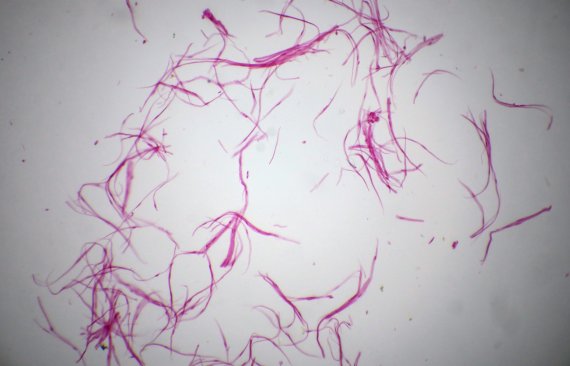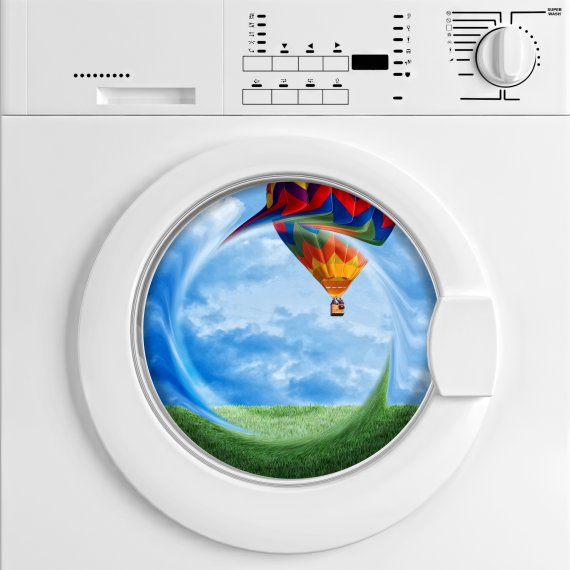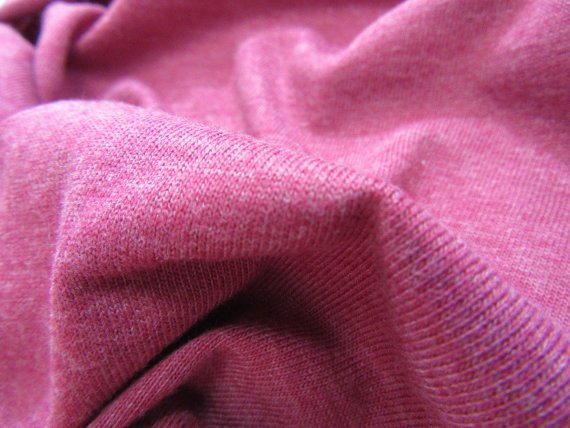
It has hit the global headlines and travelled through Twitter and social media at a speed of knots, as marine pollution hits the spotlight. As Greenpeace highlighted, the use of polyester is regarded as a wonderful development, requiring less water than cotton for production and eliminating the need for toxic pesticides to grow.
An unusually positive claim toward the textile industry by Greenpeace, until you read further and find that it isn’t all as it seems. The downside is that one piece of clothing can release 700,000 fibers in a single wash. Microscopic pieces of plastic are flushed down the drain with many reaching beaches and oceans where they can remain for hundreds of years. Swallowed by fish, micro plastic transition up the food chain before finally ending up on our plates.
This micro plastic leakage is causing global concern, but how can we rectify the situation without losing the benefits that polyester brings to the market? Research and development is underway in eliminating the problem, but is still at the early stages.
According to a report by IUCN, it is calculated that 35 per cent of the micro plastic pollution comes from washing synthetics textiles, with Europe and Central Asia alone dumping the equivalent of 54 plastic bags worth of micro plastics per person weekly into the oceans.
The shift in sustainability from recycling ingredients and developing cleaner production processes has already moved to the oceans for recycled polyester, as companies such as Sequal and Parley clean the oceans of plastic. Now it delves deeper, as wee need to address just how we can eliminate the problem of microfiber pollution. Micro plastics cannot be collected from the oceans unlike plastic debris from the surface and floor. The only solution is prevention.

The core of the problem lies with home laundering, how can we reduce the pollution from washing our polyester-based clothes? One of the problems with polyester is that frequent washing is required. For the sports and outdoors industry, polyester has appeal, lightweight and moisture wicking, however it does come at a price. Once worn and sweated there is a lingering stink to garments.
Fiber and finishing companies are coming to the rescue, with Hyosung leading the way with its innovative anti-stink polyester performance yarns including Freshgear and creora Fresh anti-odor spandex/elastane.
But while home laundering is reduced by using longer lasting performance polyester that provide an anti-stink function, with garments staying fresher for longer, reducing the need for home launderings, it does not eliminate the initial problem completely, as at some point the garments will have to be washed.
Patagonia was an early responder to the microfiber polluting problem, their initial findings proved to be interesting including the fact that it is a wide range of textiles including nylon, polyester, rayon, acrylic and spandex, all staple ingredients for the sports and outdoors markets that are the problem.
Additionally, they found that garments of higher quality died less in the wash that low-quality synthetic products, highlighting the need for consumers to invest in products built to last.
It isn’t just the fibers that cause the pollution, Patagonia has also tested washing machines that release the microfibers into the waste plants. Wastewater treatment plants too are on Patagonia’s radar, and while they filter a good amount of microfibers, between 65 - 93 per cent, they still release a significant volume of waste into the environment.
While the microfiber pollution need to be addressed through entire textile chain from fibers through to consumers, the textile industry is developing new innovation to stop the problem at source. Heir has launched an innovative new finish, No Fuzz, based on a unique polymer structure.
Based on the concept of tree roots that protect against soil erosion, No Fuzz reinforces fabric yarns and reduces pilling, extending the lifecycle of the apparel product but also reducing the release of micro fibers.
With higher quality fabrics through innovative textile construction a major development area, Italian textile mill, Pontetorto, has launched Bio Pile, a fleece that does not release micro plastics.
Its eco-credentials are enhanced as the smooth exterior of the fabric uses 100 per cent recycled polyester for the face and brushed Tencel on the inner side. The performance of the fleece isn’t lost, as it offers good climate control and moisture management from the inclusion of Tencel.

With the renowned mantra of reuse, repair and recycle, the eco-conscious brand also continues to improve the manufacturing process at every level in minimizing fiber shedding but also improving fabric construction.
To reduce pollution Patagonia is advising consumers that they keep using, buy only what you need but buy high quality. Wash less often and use a front-load washing machine, top load washing machine have shown that synthetic jacket shed more that five times as many microfibers than a front load washing machine.
Fiber filters also help. By putting your synthetic clothing into a filter bag before washing reduces the flow of microfibers intro your drain. Patagonia has launched the Guppy Friend, available to buy at cost. Alternatively a permanent washing machine filter can be installed.
- ISPO awards
- Mountain sports
- Bike
- Design
- Retail
- Fitness
- Health
- ISPO Job Market
- ISPO Munich
- ISPO Shanghai
- Running
- Brands
- Sustainability
- Olympia
- OutDoor
- Promotion
- Sports Business
- ISPO Textrends
- Triathlon
- Water sports
- Winter sports
- eSports
- SportsTech
- OutDoor by ISPO
- Heroes
- Transformation
- Sport Fashion
- Urban Culture
- Challenges of a CEO
- Trade fairs
- Sports
- Find the Balance
- Product reviews
- Newsletter Exclusive Area
- Magazine





